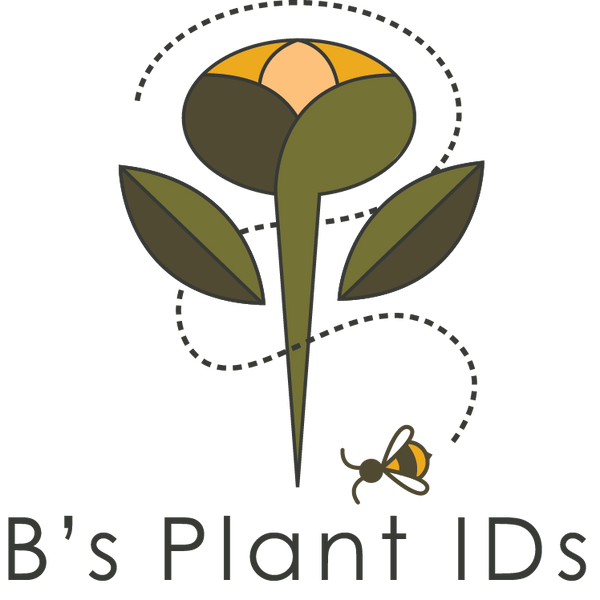I've been growing lavender for several years now. One of the best things about the plant is, once established, it takes little care to maintain. That's my kind of plant!
This not so fussy plant, in turn, gives me beautiful flowers that can be used in many ways to benefit your mind, body, and soul. Here are some ways you can harness the power of lavender right from your own backyard!
Harvesting Lavender
The first step in using lavender from your garden is knowing when and how to harvest it. Lavender is best harvested in the morning when the dew has dried but before the sun is at its peak. This is the time that the oils in the plant are at their daily peek. Cut the flower stems just above the leaves, leaving enough length to tie them into bundles for drying.
Tip: My plants are so full that I just grab the flowering stems on the plants, go down to about two to three inches above the woody base, and start cutting the bundle. I then tie these bundles for drying.
Drying Lavender

Once you have harvested your lavender, it's time to dry it. Hang the lavender bundles upside down in a warm, dark, and well-ventilated area. After a few weeks, the lavender should be dry and ready to use. The leaves of the lavender also have a great scent, so don't throw them away. You can also remove the buds from the stems and store them in airtight containers for later use. Do the same with the leaves and stems.
Tip: I dry some of my lavender in my living room, hanging from a pegged shelf. It adds that pretty country charm as it dries.
Creating Lavender Sachets
One popular way to use dried lavender is to create lavender sachets. Simply fill small fabric pouches with dried lavender buds and tie them closed. Place these sachets in your drawers, closets, or under your pillow for a calming and soothing aroma.
Something to try.. Lavender is a natural repellent of moths and bugs. I'm going to put some sachets in my pantry.
Infusing Lavender Oil
Another fantastic use for lavender from your garden is to infuse it into oil. The lavender oil has antiseptic, antibacterial, and anti-inflammatory properties. It can be used to sooth minor skin irritation, mild burns and insect bites. (I am not a doctor. Do your own research and consult your doctor before using this or any topical or ingested products.)
- Fill a sterilized glass jar with dried lavender buds, stems and leaves that have been chopped.
- Cover them with a carrier oil such as olive, grapeseed, or almond oil. Use a sterilized spoon to stir and remove all bubbles. Cover the jar.
- Let the mixture sit in a dark, warm spot for about 4 weeks, shaking it occasionally.
- Strain out the lavender using a fine strainer and/or cheesecloth.
- Store in a dark-colored jar.
- You can add a few drops of vitamin E to slow down the oxidation process.
Culinary Delights with Lavender
Don't forget that lavender can also be used in cooking! Add a sprinkle of dried lavender buds to your baked goods, teas, or even savory dishes for a unique and floral flavor profile. Lavender pairs beautifully with lemon, honey, and chocolate.
Get your recipe for Lavender Blueberry Muffins here.
With these tips, you can make the most of the lavender growing in your garden. From creating soothing sachets to infusing oils and adding a touch of floral flavor to your dishes, the possibilities are endless. So go ahead, step into your garden, and unlock the power of lavender!

